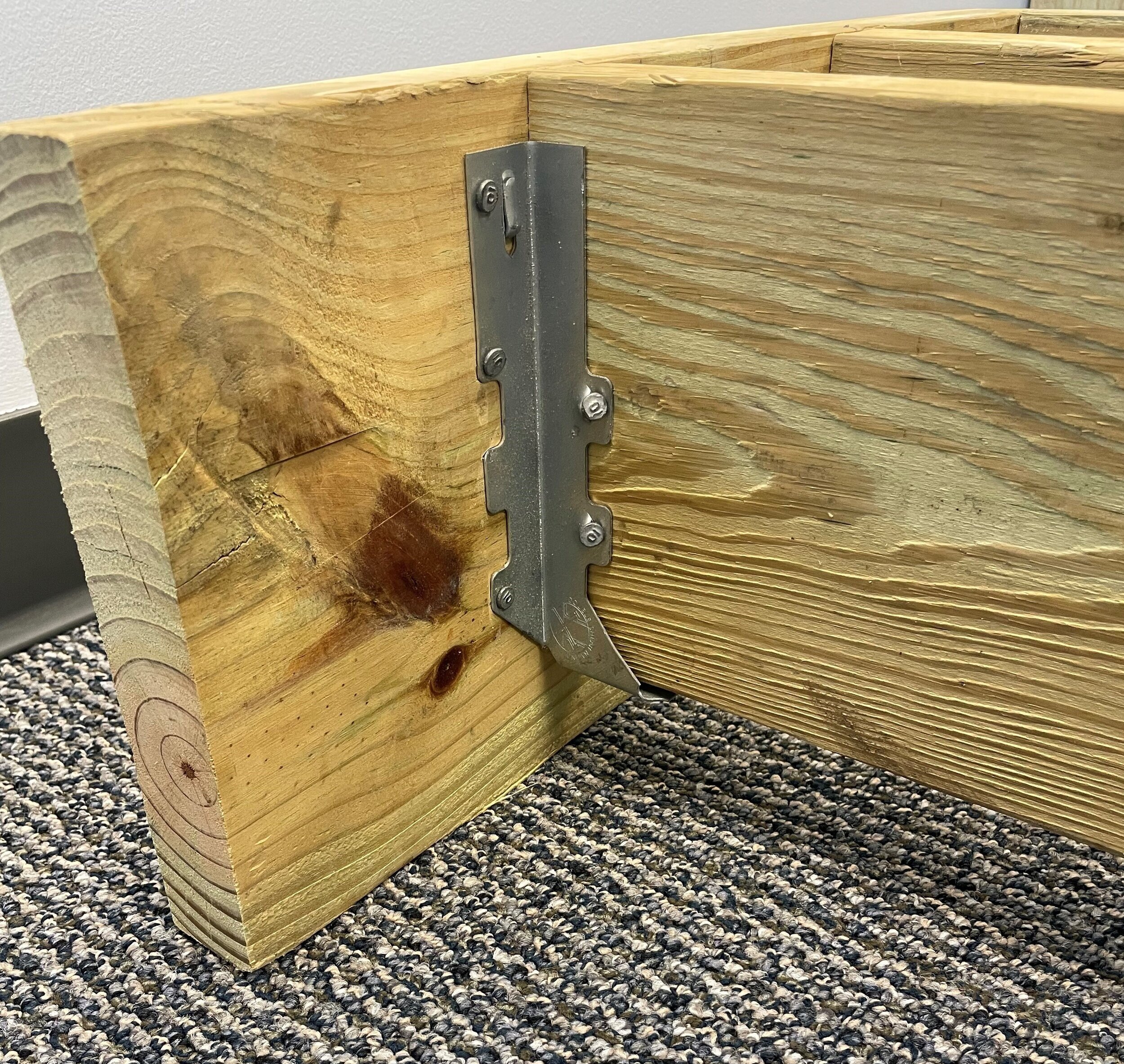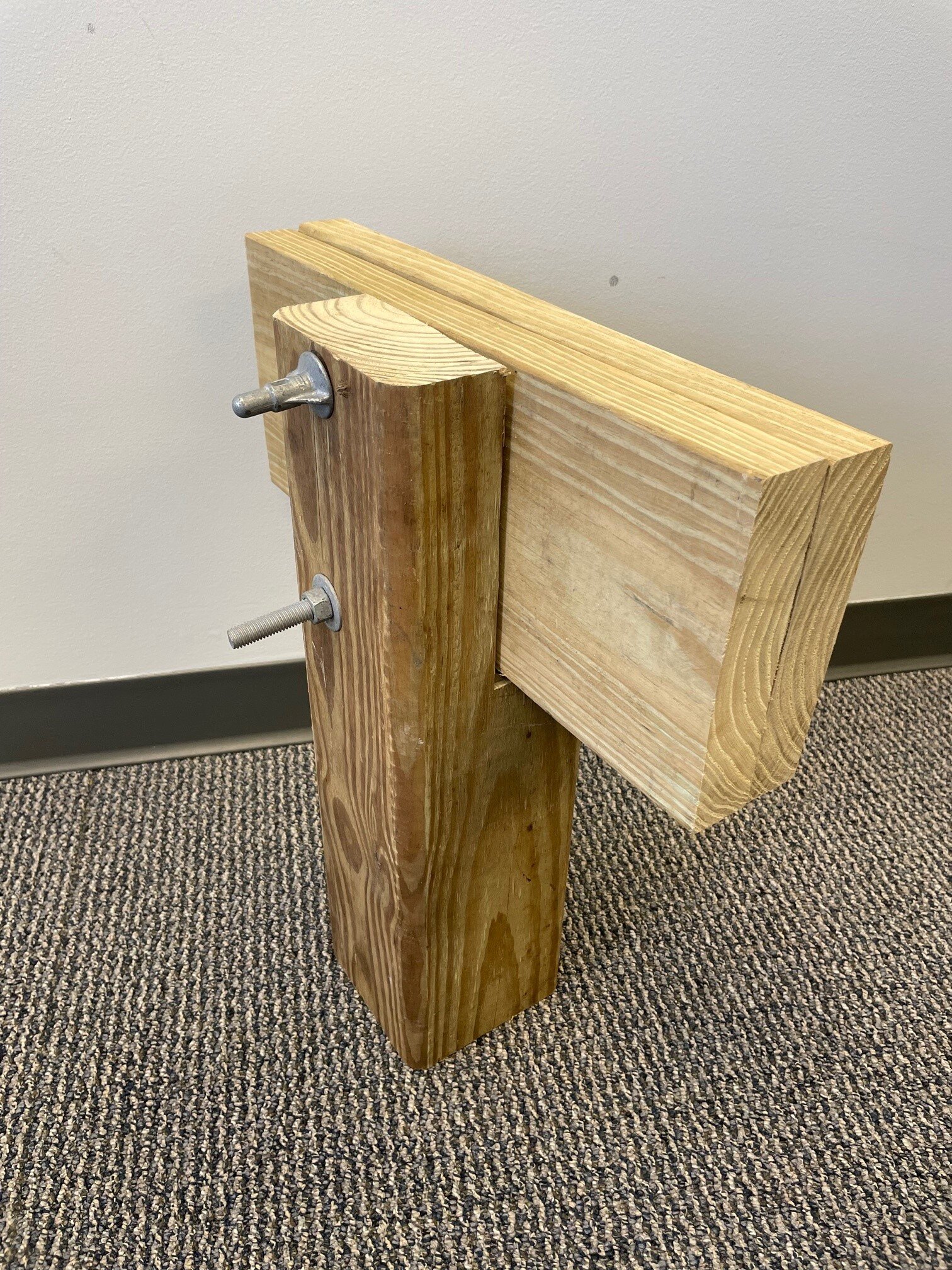Common Deck Code Violations and How to Avoid Them
Common Deck Code Violations & How to Avoid Them
When remodeling decks we frequently find building code violations. In this blog we will give you our recommendations for bringing your deck structure up to code.
Joist Connections
When remodeling decks, one of the most common code violations we find are joists that are improperly secured to the deck support members. Many times we find joists that are screwed or nailed to the support member without a joist hanger or joist ledger strip. Over time these screws or nails will breakdown and cause the joist to fail. To prevent this, it is important that you use Simpson joist hangers. These hangers are galvanized metal connectors that are rated for exterior use. They must be installed with structural rated screws or nails to meet the structural requirements specified by Simpson. Below we show examples of joists installed correctly with Simpson joist hangers and joists installed incorrectly with screws or nails.
Beam to Post Connections
Another common code violation we find when remodeling decks is how the decks structural support beam is connected to the deck support posts. Often times we find that the beam is only connected to the posts with screws or nails. Again, over time the screws and nails will breakdown and can ultimately cause your deck to fail. Here are two different connections that are approved by South Carolina building code. One is the six-by-six notch method as seen below. It can only be used with a six-by-six as a four-by-four cannot be notched per code. The second method is connecting the beam to the post with a Simpson bracket (also shown below). Either of these methods create a strong connection between all deck support members and are important for a long lasting deck.
In Conclusion:
When choosing a contractor for your next decking project, you should always make sure that they follow standard practice for building code in your area. Deck safety is of the upmost importance, especially the higher your deck is off of the ground.
Have questions or would like an inspection of your current deck? Give us a call today!










